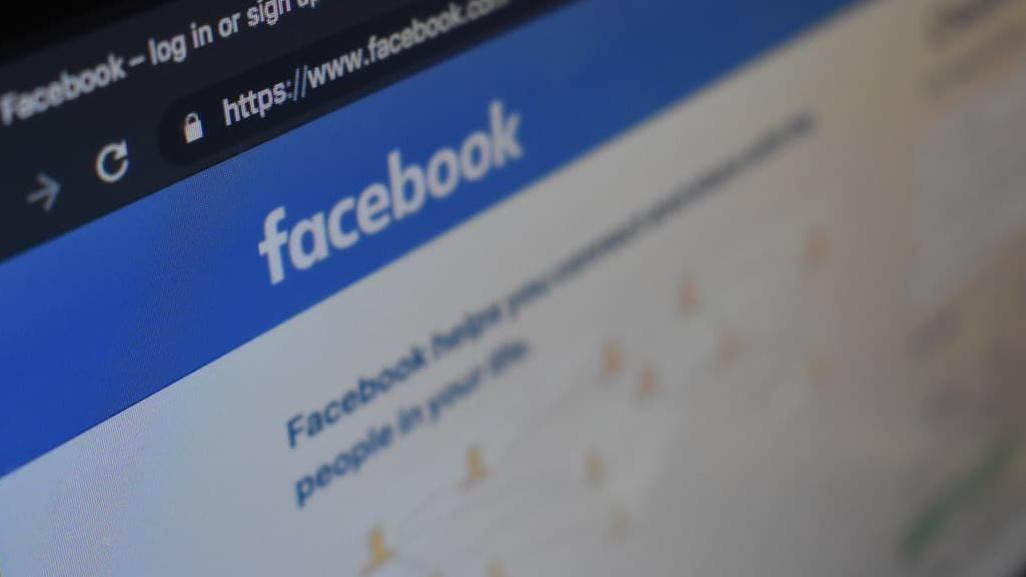Facebook marketing is playing an ever more important role in the B2B segment. After all, among the roughly 387 million Facebook users in Europe, many are business customers. Find out here about the various types of Facebook advertising and what you should keep in mind for your ads.

These are the types of Facebook advertising
Facebook offers several types of ads:
- Single image ads: The traditional type of advertising, with an image, also contains an introductory text, a URL, a title and a description. Optionally, a button can be included as a call to action (for instance “Buy now”).
- Video ads: Instead of an image, this type of ad contains an advertising clip.
- Slideshow ads: Here is where several images or videos with text and audio can be shown as a slideshow.
- Carousel ads: Up to ten images or videos appear as a Facebook ad as standalone elements next to each other and each can include a link.
- Collection ads: In this advertising type, images, videos or slideshows can be combined with the advertiser’s product images.
- Lead ads: This ad lets you address persons who may be interested in the company’s products and services. Information from potential customers can be collected via a contact form (Instant Form).
- Instant Experience: A type of advertising which is solely designed for mobile newsfeeds. Initially, an image ad or video appears. Then, with Instant Experience, the advertiser can create a landing page within Facebook to which the user is led by clicking on a call-to-action button. One of the benefits: contact information can be automatically transferred to forms embedded in the landing page.
All types of Facebook advertising mentioned above are generally suitable for B2B marketing. Video ads, in particular, are highly recommended. They increase brand awareness significantly and are ideal for demonstrating advantages, functions and benefits of products or services, such as tutorials.
Why B2B advertising on Facebook is worthwhile
Facebook is suitable for advertisers within the B2B segment, as there are roughly 387 million users of the network alone in Europe and many of them are B2B decision-makers. A study by Social Media Lab B2B also shows that social media were already an integral component of B2B communication back in 2016. This continues to be the case in 2019 too.

„The target group can be precisely narrowed in on through Facebook – thus avoiding scatter loss.“
The target group can be precisely narrowed in on through Facebook – thus avoiding scatter loss. When it is leveraged correctly, for instance, a plastics producer can address buyers from their industry in a precise, targeted way. Depending on the pre-defined circle of customers, various videos or images can be presented.
At the same time, the social network offers the analysis tool Facebook Pixels, which provides a comprehensive range of options for retargeting. This also includes precisely addressing persons who have already been in contact in some way with the company advertising. And, last but not least, Facebook provides a detailed report on the ads broadcasted.
Special characteristics of B2B marketing on Facebook
Generally speaking, communication is always from person to person, regardless of whether it is in the B2C or B2B segment. However, advertising via Facebook and other digital channels such as Google should look different in the B2B segment, as it is aimed at a completely different target group.
In this case, previous knowledge is required and usually defined in a more precise way. At the same time, the value of a new customer for B2B companies is usually much higher. Consequently, more budget can be allocated to the acquisition of business partners.
On top of this, an ad often does not have to convince just one person of a product or a service, but rather several managers. The decision-making process is longer; spontaneous purchases are much more seldom.
When it comes to Facebook advertising in the B2B segment, products should not be the focus, but rather solutions to problems the customers may have – as well as good content which contributes first and foremost to increasing brand awareness. Once brand awareness has been achieved, the use of specialist articles through content distribution can be leveraged to gain customers’ trust. In the next step, long-term marketing goals like the generation of leads and conversions can be achieved.
In this case, previous knowledge is required and usually defined in a more precise way. At the same time, the value of a new customer for B2B companies is usually much higher. Consequently, more budget can be allocated to the acquisition of business partners.
On top of this, an ad often does not have to convince just one person of a product or a service, but rather several managers. The decision-making process is longer; spontaneous purchases are much more seldom.
When it comes to Facebook advertising in the B2B segment, products should not be the focus, but rather solutions to problems the customers may have – as well as good content which contributes first and foremost to increasing brand awareness. Once brand awareness has been achieved, the use of specialist articles through content distribution can be leveraged to gain customers’ trust. In the next step, long-term marketing goals like the generation of leads and conversions can be achieved.
